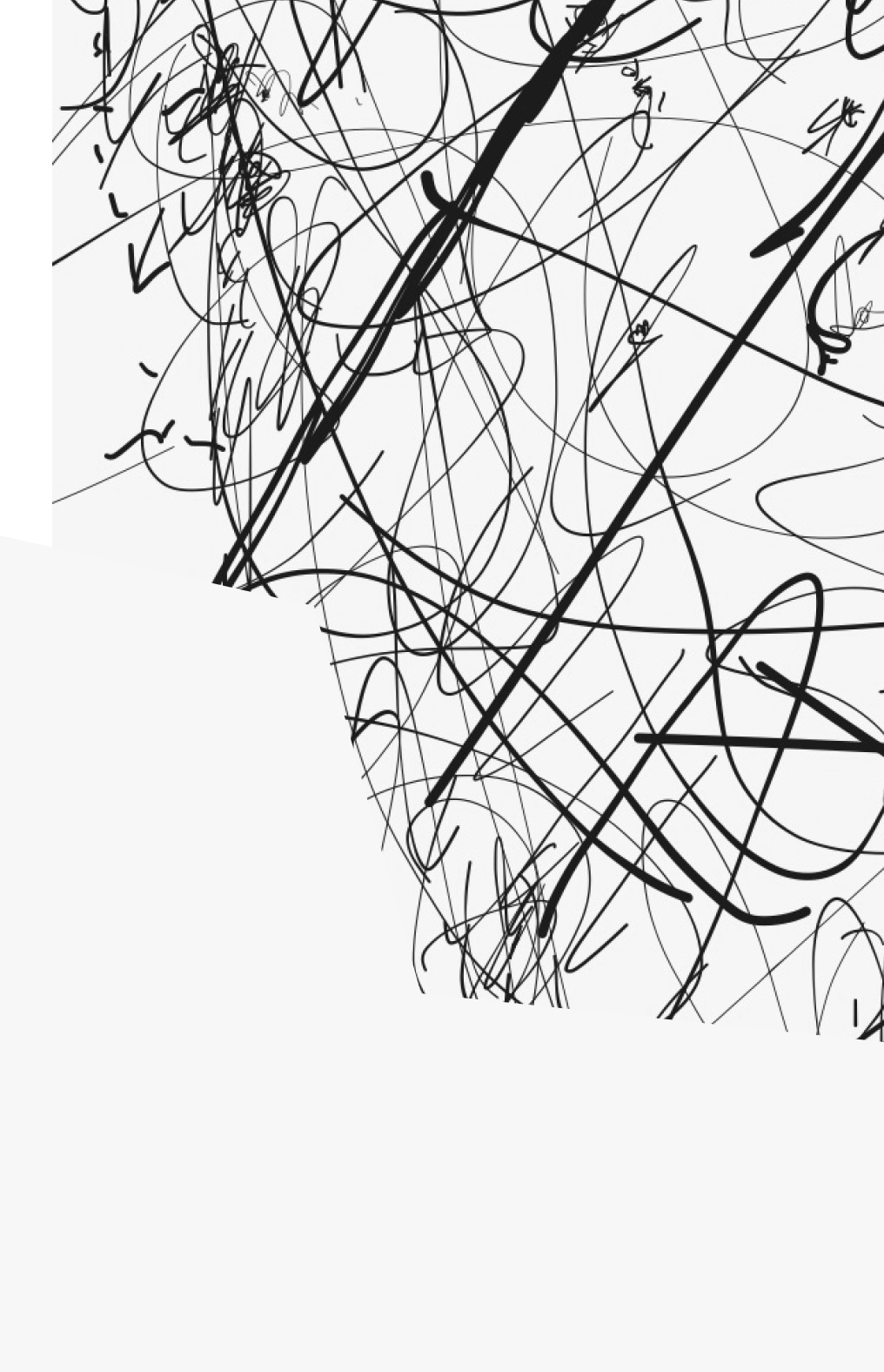Naishi
Wang




Dear fellow dance artists, companies and organizations,
We have all been through a tough year, where most live performances have struggled to transform. While many of us may deeply miss the experience of a traditional live performance, we have also been working hard to create digital dance experiences and adapt to the "new normal" by live streaming, filming, and forming immersive digital experiences.
As one dance choreographer (Naishi Wang) and one aspiring filmmaker (Ivy Wang), we believe that bringing dance choreography and performance into digital mediums has the potential to elevate the form of dance and encourage collaboration with cross-disciplinary collaborators. We embrace these transformations and believe that many of them will continue to shine in the post-pandemic world.
However, while change can bring opportunity, it can also create friction as we are all still learning and adapting.
Prior to the pandemic, dance films have existed in their own right, separate from live performance, and have developed and matured for many years. In this medium the film’s director often leads the project’s artistic direction, with choreographers and dancers working to fulfill the director’s goal.
However, since the pandemic, many digital dance projects in the community have either transformed pre-existing live performance into video or simply captured a new choreography—a different concept than developing a dance film where the skills and tools of both the director and choreographer come together to create a new project.
Based on our observations, from planning to execution, the intention of many digital dance projects has not been well-defined. Is it a film? Is it a recording of choreography? Or is it both? This lack of clarity leaves a lot of space for ambiguity and creates the potential for misalignment within a team of creators who may not share the same artistic language or direction.
For the reasons mentioned above, in our opinion, digital dance projects have an extra level of complexity. Therefore, a well-defined goal with more detailed consideration of how it should be accomplished is critical in forming a solid foundation for collaboration.
We would like to facilitate a more in-depth discussion around forming better digital dance collaborations to encourage better communication and planning so that choreographers, dance artists, filmmakers, musicians and other creators can have clear expectations when working together. Understanding what we are about to work on is critical to making good work.
To initiate this discussion, we would like to try to define a few types of digital dance projects, as we believe definitions will help to create alignment within collaborative teams and will allow for more focused discussion within the community:
We hope the above can provide a starting point for conversation about this topic. Our goal is to encourage more consideration and communication when creating digital dance projects.
We thank you for reading this and would love to hear your feedback. If you are interested in participating in a community discussion, please contact us so that we can invite you to share your stories.
Thanks again and best regards,
Naishi Wang and Ivy Wang